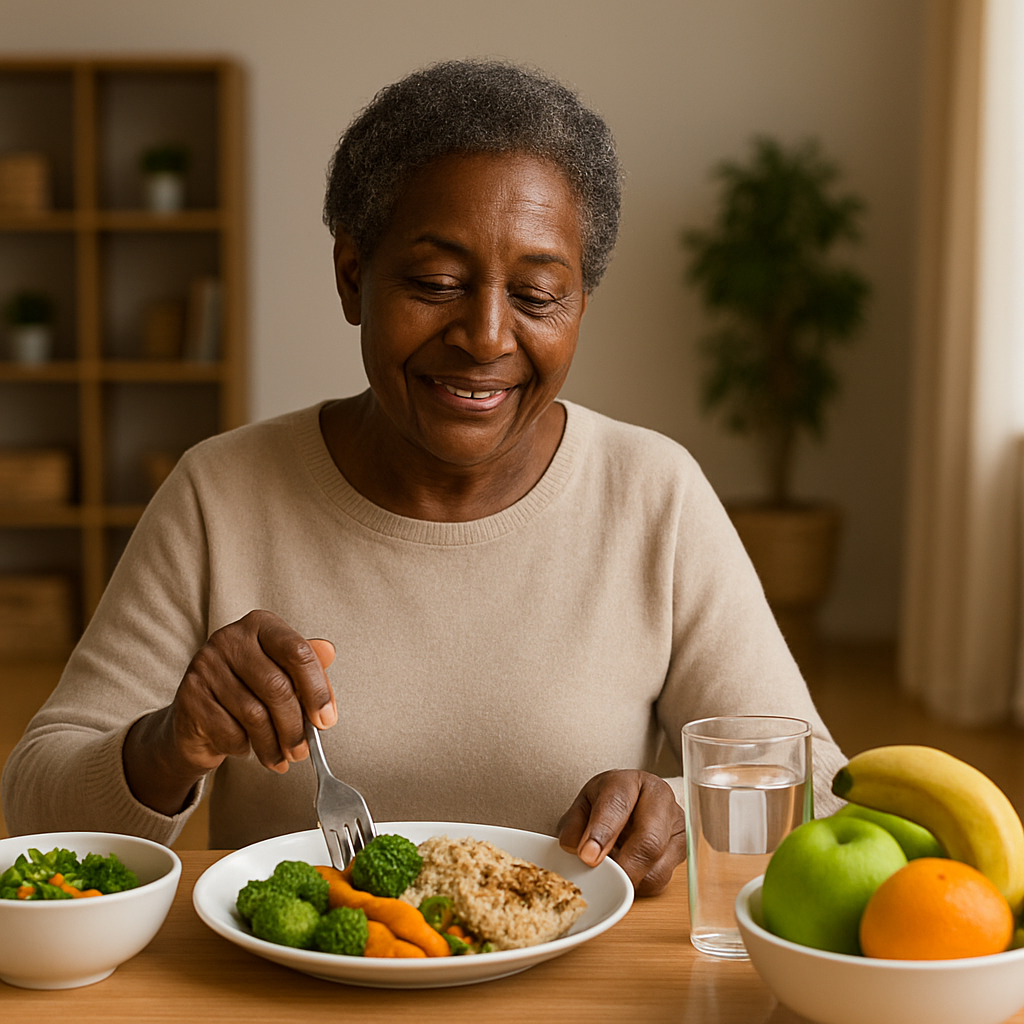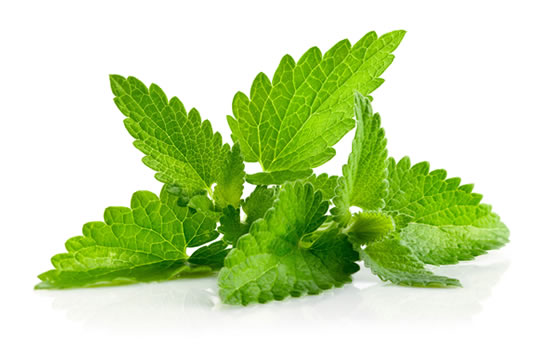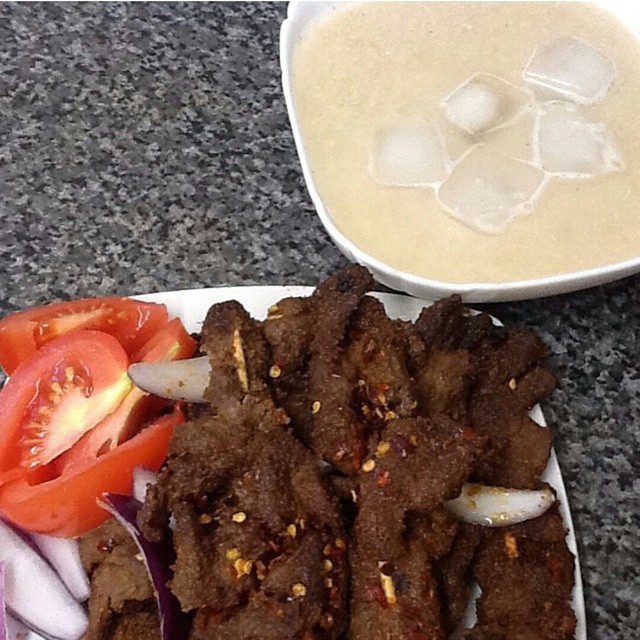As we age, our bodies undergo natural changes that affect how we absorb nutrients, manage energy, and maintain muscle mass. For older adults, eating well becomes more than just a lifestyle choice; it’s a key part of staying healthy, active, and independent. A balanced diet can help manage chronic conditions, boost immunity, and support mental well-being. But what exactly does a balanced diet look like for older adults, and how can it be achieved without feeling overwhelming? Let’s unravel it.

Focus on Nutrient-Rich Foods
As calorie needs decrease with age, it becomes essential to make every bite count. Nutrient-rich foods are high in vitamins, minerals, and other important nutrients without being high in calories. Fruits, vegetables, whole grains, lean proteins, and low-fat dairy should form the base of daily meals. For instance, dark leafy greens like spinach and kale are excellent sources of calcium, iron, and vitamin K. Colorful fruits like oranges and berries provide vitamin C and antioxidants that support immunity and skin health.
Prioritize Protein
With age, muscle loss can become a concern. Including enough protein in the diet helps preserve muscle strength, which is vital for mobility and balance. Good sources include fish, poultry, eggs, beans, lentils, tofu, and dairy products like yogurt and milk. The target should be to incorporate protein in every meal. For example, a breakfast of oatmeal with yogurt can be both filling and muscle-friendly.
Watch Sodium and Sugar
Aging can come with higher risks of hypertension and diabetes. Reducing intake of salt and added sugars is crucial. Season foods with herbs and spices rather than salt, and choose natural sources of sweetness like fruits instead of sugary snacks. Reading food labels becomes particularly important when selecting packaged items.
Don’t Skip Healthy Fats
Healthy fats support brain function and heart health. Incorporate sources like avocados, nuts, seeds, and fatty fish such as salmon or sardines. These fats can also help older adults who may struggle with appetite, as they provide energy and flavor without large portions.
Stay Hydrated
Older adults may not feel as thirsty as they used to, but the body still needs water. Dehydration can lead to fatigue, confusion, and constipation. Encourage regular sips of water throughout the day, even when not feeling thirsty. Herbal teas, broths, and fruits with high water content like watermelon or cucumber can also help.
Consider Supplements When Needed
Sometimes, even with a good diet, older adults may need help filling nutritional gaps. Vitamin D, B12, and calcium are commonly recommended. However, supplements should never replace food and should only be taken based on a doctor’s advice.
Make Meals Enjoyable
Eating is not just about nutrition. It’s also about enjoyment and connection. Encouraging shared meals, experimenting with new recipes, or joining cooking classes can make healthy eating more engaging. The more enjoyable the experience, the easier it is to stick to good habits.
A Word From HealthFacts to You
A balanced diet for older adults doesn’t need to be complicated. With thoughtful choices and small adjustments, older adults can continue to enjoy delicious food while supporting their overall well-being. It’s all about nourishing the body to stay strong, sharp, and thriving through every stage of life.
Subscribe to our newsletter for more updates from us.









